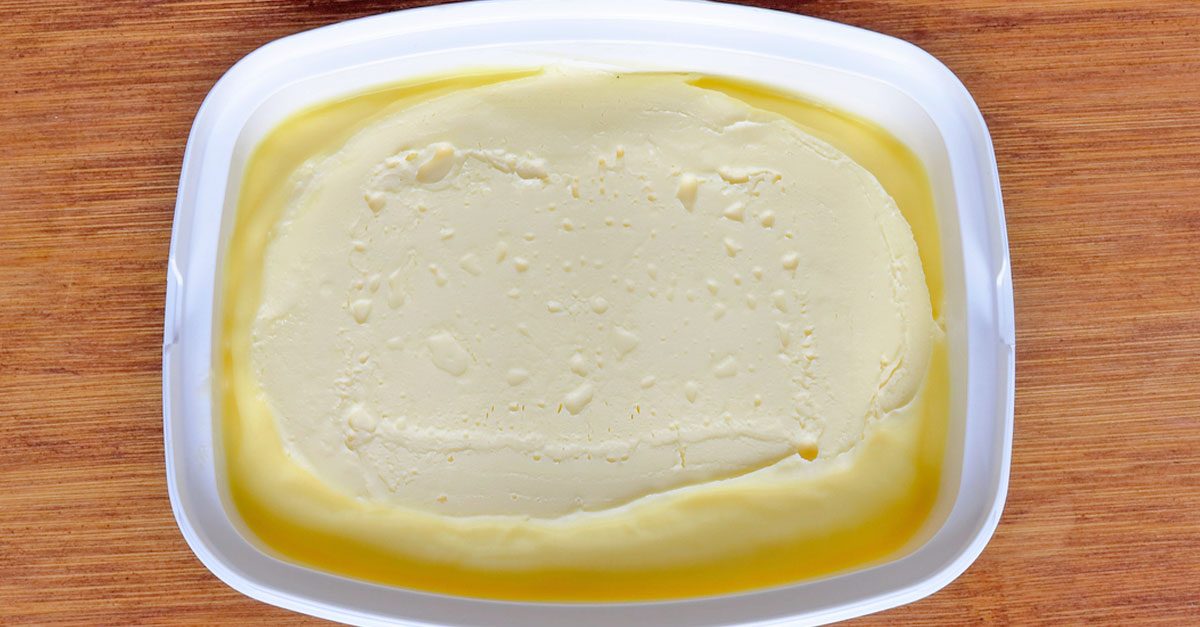Butter vs. Margarine: What’s the Healthier Spread?
The debate between butter and margarine has long divided health-conscious consumers and culinary enthusiasts. While butter is a natural dairy product rich in flavor, margarine offers a plant-based alternative with varying health benefits. Factors like nutrition, health impact, environmental footprint, and culinary performance play a role in choosing the better spread. Which one truly deserves a spot in your kitchen?
;)
When it comes to choosing a spread for your toast, cooking, or baking, the debate between butter and margarine has long been a topic of discussion. Health-conscious individuals, culinary enthusiasts, and even environmental advocates all weigh in on which option is superior. In this article, we break down the key differences between butter and margarine, considering their nutritional value, health effects, environmental impact, and culinary performance.
Nutritional Comparison
Butter:
Butter is a natural dairy product made from churning cream. It is rich in saturated fats and contains essential fat-soluble vitamins like A, D, E, and K. It also has a small amount of naturally occurring trans fats. While butter is calorie-dense, it provides beneficial fatty acids that may support gut health and hormone production.
Margarine:
Margarine is a processed spread made from vegetable oils. Unlike butter, margarine is typically lower in saturated fats and contains unsaturated fats, including heart-healthy polyunsaturated and monounsaturated fats. Many margarine brands are fortified with omega-3 fatty acids and vitamins. However, some margarine products contain hydrogenated oils, which can lead to harmful trans fats.

Health Considerations
One of the biggest concerns surrounding butter is its high saturated fat content, which has been linked to increased LDL (bad) cholesterol levels. However, recent studies suggest that saturated fat in moderation may not be as harmful as once thought.
Margarine, on the other hand, has evolved over the years. Older formulations contained trans fats, which were shown to increase the risk of heart disease. Today, most margarine brands have eliminated trans fats, making them a potentially healthier alternative. When choosing margarine, it is essential to opt for versions free from partially hydrogenated oils.
Environmental Impact
Butter production has a significantly larger environmental footprint compared to margarine. Dairy farming contributes to greenhouse gas emissions, deforestation, and high water usage. On the other hand, margarine, particularly those made from sustainably sourced oils, tends to have a lower environmental impact. However, palm oil-based margarines may contribute to deforestation, making sustainability certifications an important factor to consider.

Culinary Performance
Butter is prized for its rich flavor and creamy texture, making it an essential ingredient in baking and cooking. It provides a distinct taste and texture that is difficult to replicate with margarine.
Margarine, due to its higher water content and lower melting point, performs differently in baking and frying. It is often used as a dairy-free alternative and works well for spreading on toast or mixing into batters. Some margarines are specially formulated for baking, offering a balance between health and performance.
The Verdict: Which is Healthier?
The answer depends on personal dietary goals and health considerations. If you prefer a natural product and enjoy the taste of butter, consuming it in moderation as part of a balanced diet can be a reasonable choice. If heart health and lower saturated fat intake are priorities, a trans fat-free margarine made from healthy oils may be a better option.
Ultimately, whether you choose butter or margarine, being mindful of ingredient quality and portion size is key. Opting for organic butter or non-hydrogenated margarine can help make your choice a healthier one.
;Resize,width=767;)

;Resize,width=712;)
;Resize,width=712;)
